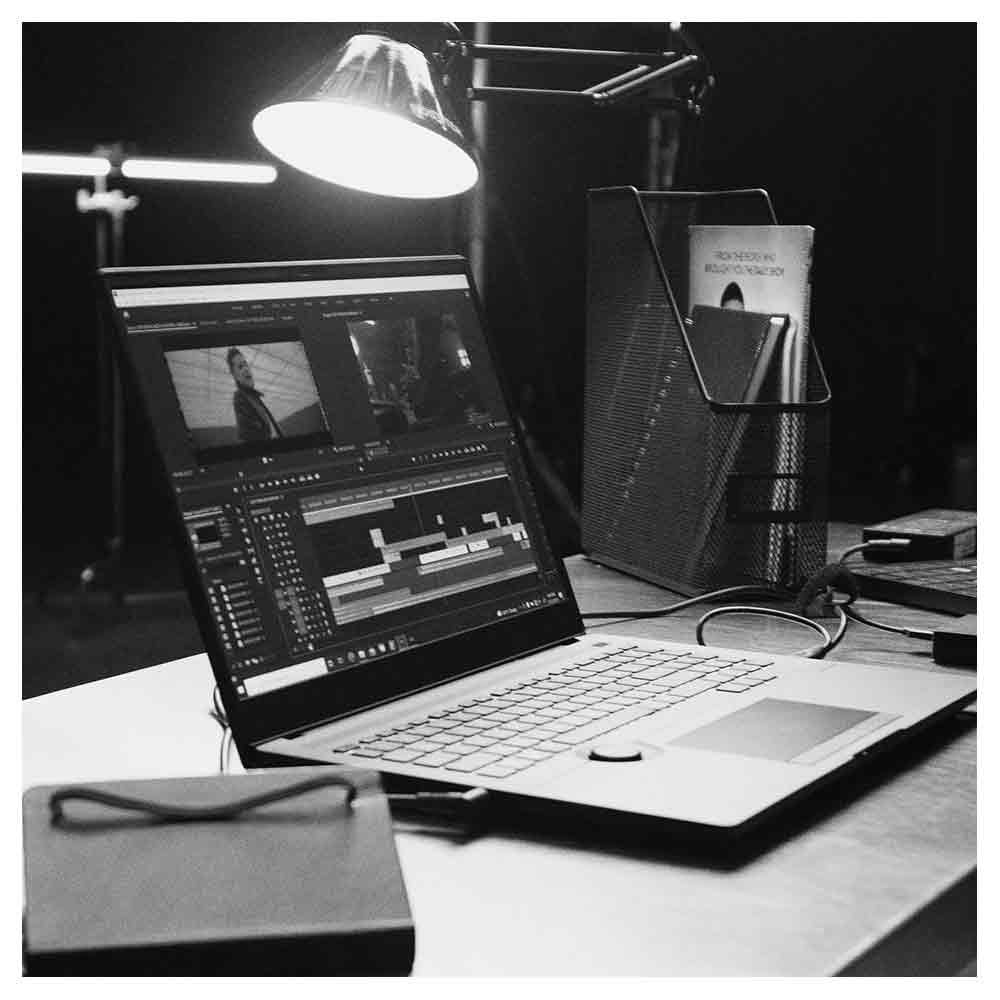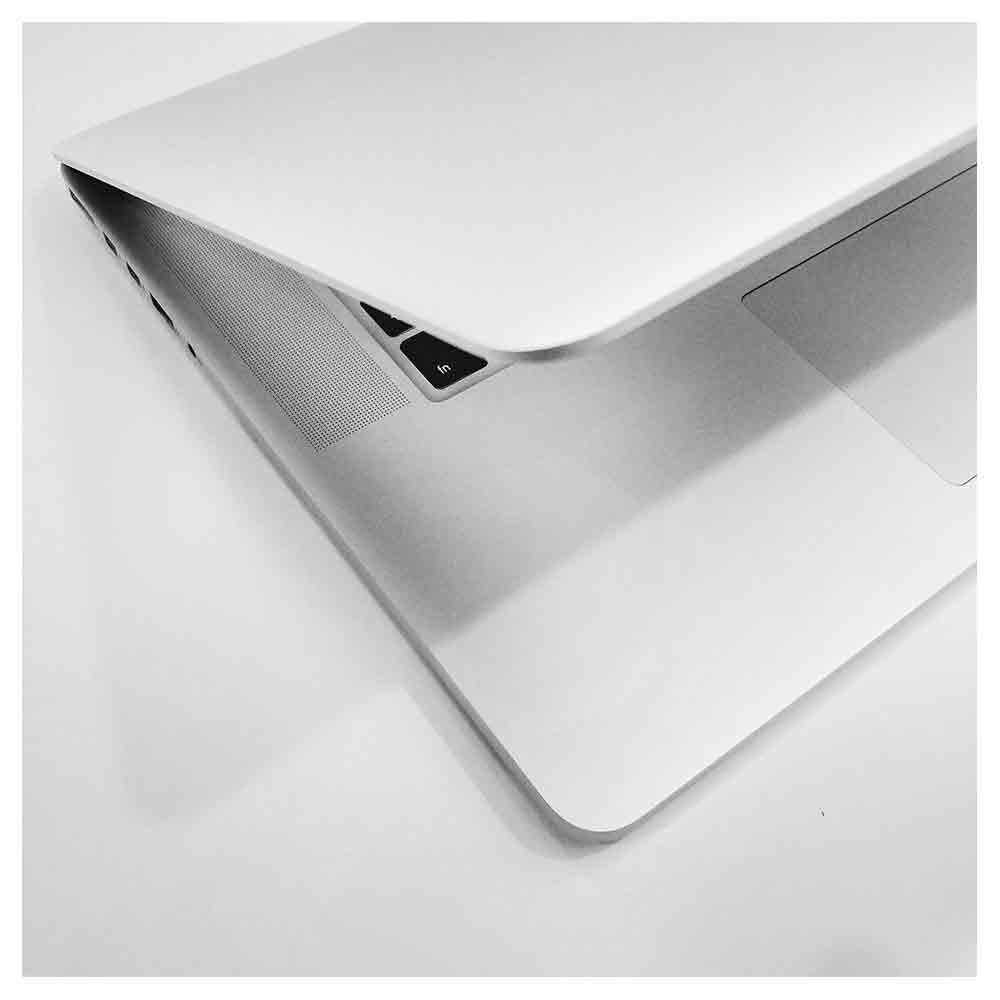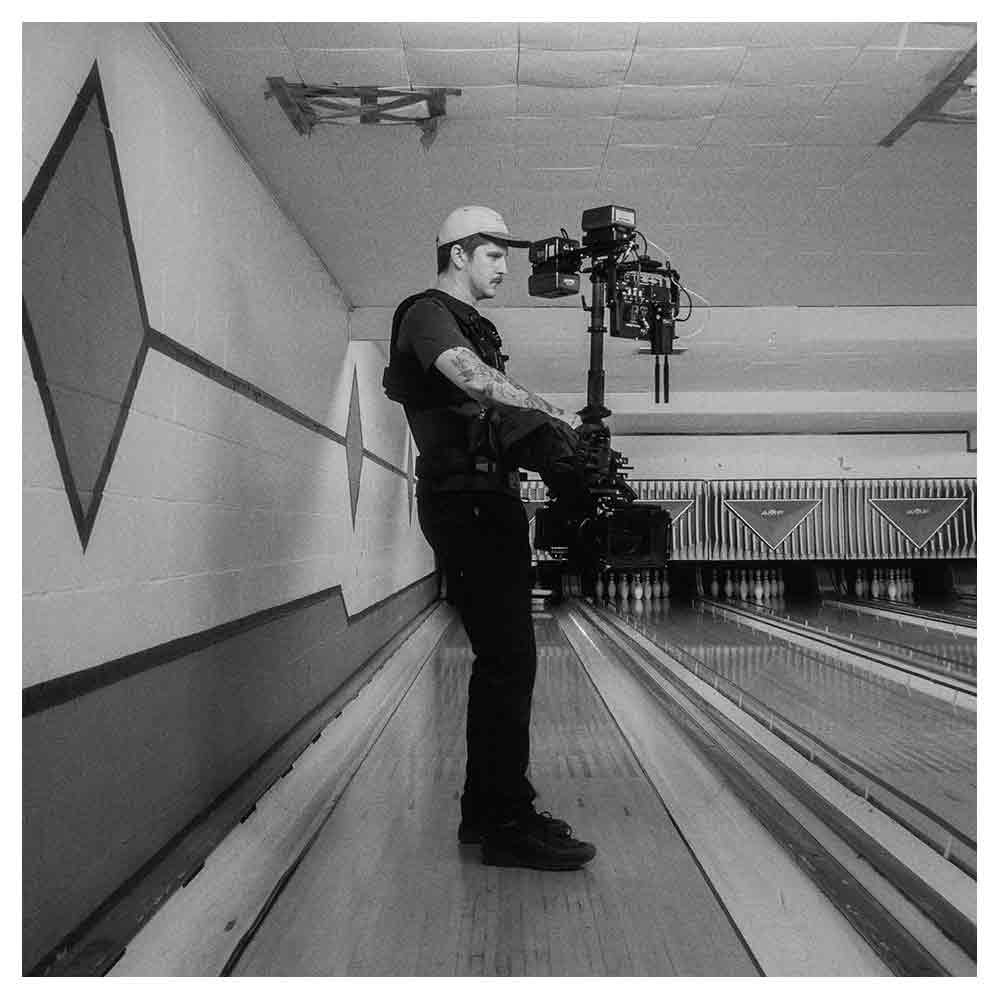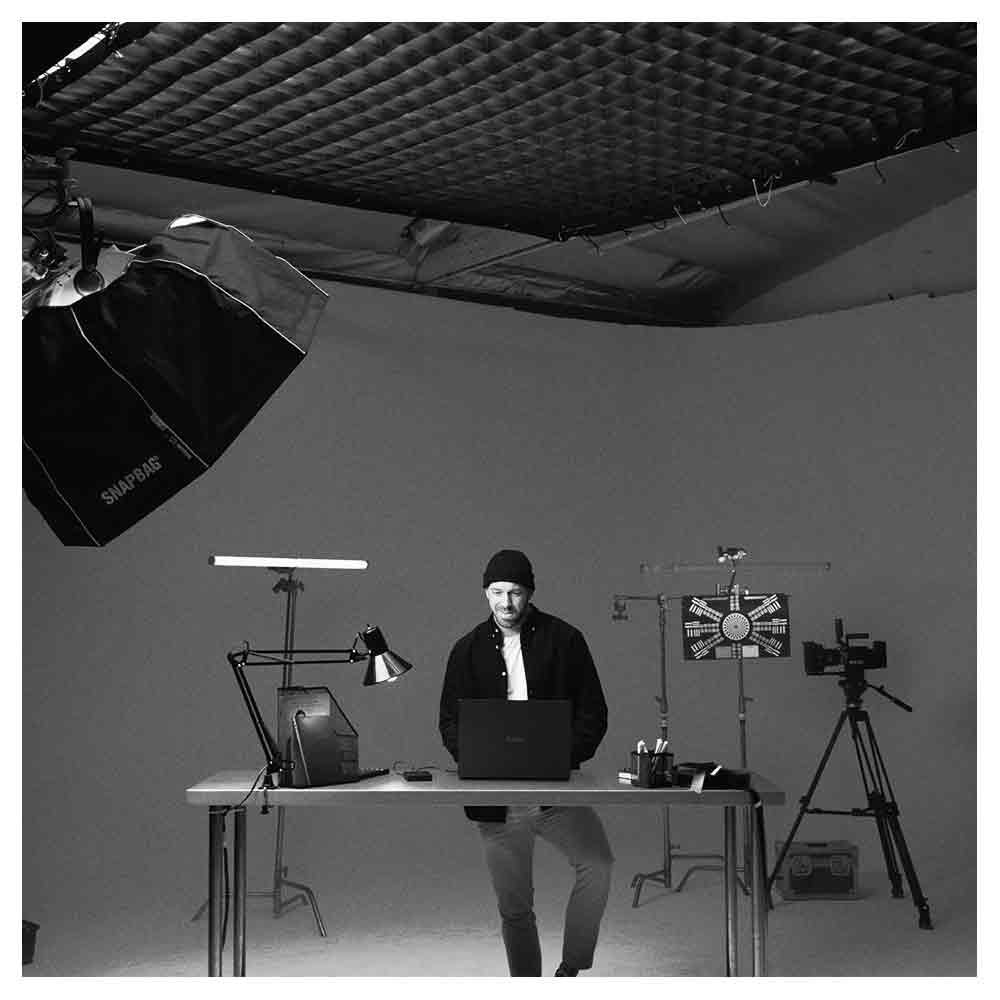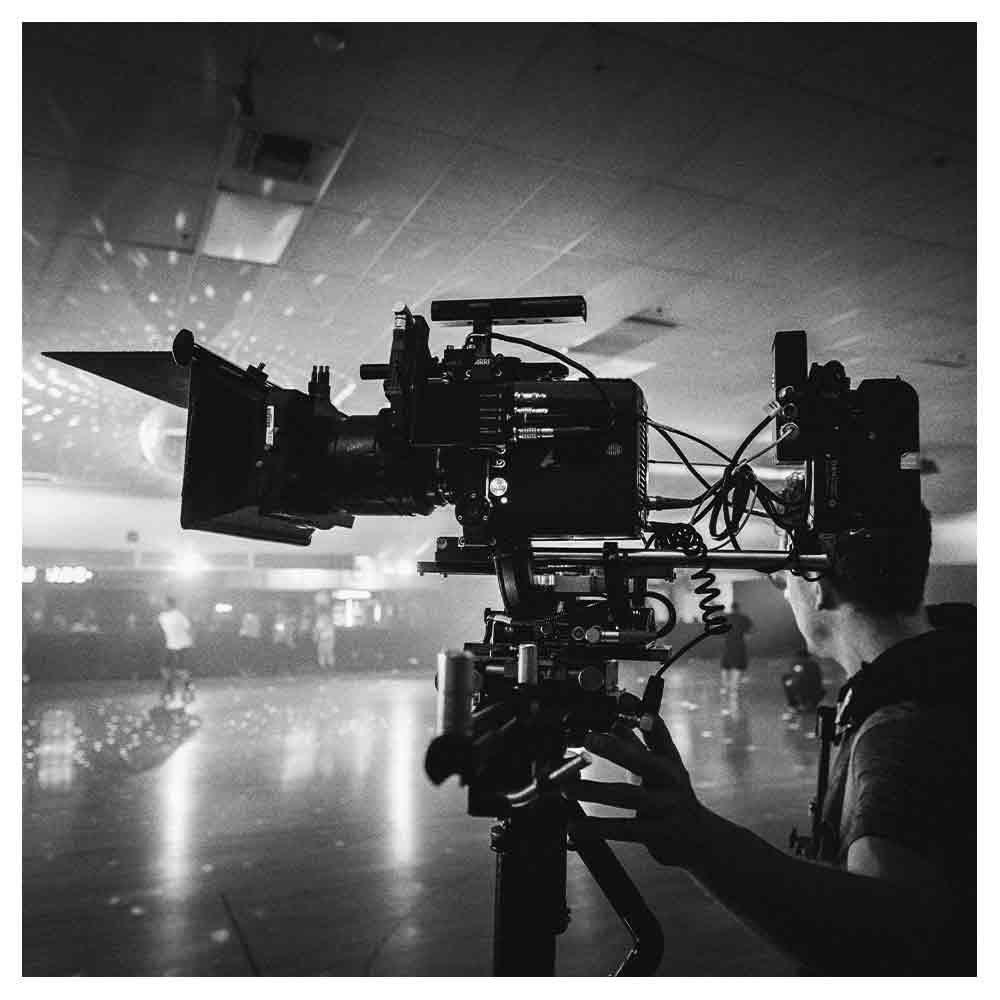5 Pro Tips For Creating Better Music Video Treatments
Creating a music video treatment can be no easy task. I know firsthand how time-consuming writing and designing these pitch documents can be in the pre-production phase while dealing with insane deadlines, tight budgets, bad briefs, creative roadblocks, and, to top it all off… no job guarantees.
Investing lots of hours trying to develop a music video treatment that will hopefully convince the artist and music label to award you the music video opportunity can become a very frustrating experience if you don’t know what you’re doing.
In this article, I wanted to share a few pro tips for creating better music video treatments that I’ve learned along the way so you can wow your prospects and increase your chances of landing your next music video production.
What is a music video treatment?
Let me first quickly cover what a music video treatment actually is.
In short, a music video treatment is a digital pitch document made by a music video director or filmmaker in the pre-production phase. It’s a visually appealing document that outlines the overall idea of the music video.
It outlines, in flowery language, what the final product will include, how the music video will be brought to life by the video production team, and highlights why you— the music video director—are the perfect fit for the project.
The music video treatment’s goal
I long believed a prospect would solely choose a music video treatment based on the most creative idea. But that’s not always the case. Especially if they’re investing a lot of money into the music video, they choose the least risky option.
Therefore, the primary function of a music video treatment is to sell clarity and assurance to the buyer that you have the skills, expertise, and experience to bring the music video to life and guarantee a successful outcome.
tip 1. Discover the music video business goals
For me, music videos were always an experimentation Walhalla because they often provide a card Blanche regarding its content.
They offered an opportunity to try new filmmaking tools and storytelling techniques that helped boost my portfolio and filmmaker’s skill set.
Because I saw music videos as a creative outlet, I always approached pitching for music videos as an opportunity to sell ambitious concepts. But for music labels and artists, music videos have a different objective other than just a creative expression.
To understand what their objective is, we have to approach making music videos from a different perspective. Instead of making music videos from the artistic side, we have to look at music videos from a business point of view.
a music video is used to Build an audience
In today's world, everything revolves around building an audience because if you can reach a large crowd with whatever it is that you do, you're an interesting asset for businesses.
You might think that building a massive following only applies to modern-day social media influencers, but it has been around for far longer than you think.
Simply look at newspapers, TV channels, and (gossip) magazines. The business models of these media businesses are primarily based on traffic versus ad revenue.
The more traffic and popularity these media platforms can generate with exclusive content, the more interesting it is for a company to buy advertisement space on these mediums. And the higher advertisement fees they will be able to charge!
Essentially, these platforms' content is a marketing tool to capture an audience's attention and reach their larger business goals—making money through ads.
A music video is a marketing tool
Now, for a music artist, it's not so much about creating an audience to be able to charge money for advertising.
For music artists, it's about creating a fanbase by creating great products (music), so they can charge big money for their services—live gigs, festival performances, concert tickets, brand collaborations, etc. The more popular their music and the bigger their fanbase, the more money their business can make.
This is why some music artists get paid larger sums of money for the same one-hour gig at music festivals compared to other artists. Bigger names attract bigger crowds and, therefore, lots of extra potential revenue for the music festival promotor.
The cool thing about music artists is that they can use many different entry doors to market their music to new and existing audiences.
They can stream their music on platforms like Spotify, TikTok, Instagram, radio, films, series, (video) games, and YouTube. The output possibilities for an artist today are seriously endless.
A music video is just another marketing tool in the music artists' toolbox to connect with an audience, express the visual style of their brand, and eventually help reach their larger business goals.
Asking lots of questions
Once I fundamentally understood this is the actual business side of the music video genre, it simply became a matter of unearthing the artist and record labels' business goals for the music video project during a client call so I could help them achieve those goals.
Unearthing a client's goals starts by asking questions until it’s clear what they want before you even put a word on paper. Think of questions like, who is the project's target audience for the music video? What does the music video have to achieve?
Does a specific political/ethical/religious message need to be conveyed with the music video? Is the artist trying to reach a new audience or engage with current fans? In the briefing, you mention the words authentic, epic, and cinematic; what do these words look like to you? Etc.
Different client goals
I've experienced that some artists want their creative expression to be visualized because they want to build on their brand's existing visual style, while others are looking for a director to elevate the song's metaphorical meaning.
For some record labels, it's more important that the music video represents a face behind the artist's name because it's a new kid on the block, while others are looking for a video they can also use as a tour visual.
The prospect's goals eventually all differ depending on their personal preferences. Still, a music video is essentially just a marketing tool to help build the artist's brand and spark musical interest via a different entry door.
If you want to increase the chances of winning the pitch, you must discover the reasons behind the project, why you are being asked to pitch, and how you can use your skills and experience to bring the music video to life.
Once you have a clear idea of the prospect’s goals and what they consider important, you can start tailoring your ideas to fit those goals and needs and help them sell the artist and/or song.
tip 2. Use timeless storylines
In creating a proposal to help market the artist and their music, I believe we, the filmmakers, must be aware that we live in a time when many people experience shiny object syndrome.
This means that most people are constantly looking for the next best thing, the latest trend, or the greatest new whatever.
Shiny object syndrome
I know it's very tempting to get carried away by this shiny object syndrome and deliver a music video treatment solely built on using the latest funky filmmaking effects.
Nowadays, this usually comes down to pitching a vignette film idea shot on Kodak stock in a vintage, hipster-style location with 'real authentic people' (whatever that means) who look into the camera most of the time while expressing 'their true raw self…'
Please, do yourself a favor, don't go there.
Avoid a visual firework show
With constantly changing social media feeds at our fingertips that feed this shiny object condition, it's easy to get wrapped up in the idea that a music video should just be a visual firework show that contains the latest and greatest tools and effects.
But just like a real firework show, this approach becomes boring quickly, and the music video's momentum will fade soon.
I think that if you’re given a card Blanche regarding the project’s content whereby the best idea wins, it's better to approach a music video treatment as writing a short film based on a timeless storyline of relatable events or emotions because we aren’t even aware of the passage of time when immersed in a story.
If you can incorporate a storyline that will capture the viewer's attention, keep them watching till the end, and helps to keep the music relevant years after the project was released, I believe you're winning.
I must acknowledge that this is not always what a record label or music artist is looking for, and sometimes they just want a visual firework show.
But the sooner you can discover if that's the case, the faster you can decide whether that's a music video opportunity you wish to pursue.
tip 3. Find one unique visual element
No matter which genre, the film and content creation industry has come to a point where everybody has access to the best filmmaking tools on the market.
With so many options, tools, and techniques to choose from, I believe the thing that can help set you and your music video project proposal apart from what's already out there is one unique visual element.
This visual element can be anything from a cool choreography nobody has ever seen before, a camera trick, a visual effect, an epic location, a unique character, etc.
One simple, unique wow factor that elevates the song, the narrative, or the song's metaphorical meaning that will add visual interest, capture people's attention, and can help the music video rise above the noise.
Preferably this is something only you can bring to life because you can access tools, skills, or a network of people nobody else has. If that’s the case, you can position yourself as the only suitable option for this project.
tip 4. Incorporate Timecodes
As the music video director, you are the visual architect of the project, and a music video treatment is your tool to shape clarity for how you will bring the music video to life.
One tool that has helped me shape clarity in unfolding the events of the music video is using the song’s time codes in the treatment to understand better what will happen in the music video and when.
In general, approximately every 30 seconds, a significant change happens in the music. An instrument will be added or removed, and it will feel like you are entering a new section of the song. These musical changes usually serve as a guideline for adding timecode chapters to my treatment.
When the music enters a new section, I will add a visual change to the story and summarise these changes in a chapter with two to three, 4-5 sentenced paragraphs guided by the song's timecode. This can be a narrative change, style change, location, characters, etc.
Tip 5. Keep it short & Sweet
In the pitching game for music videos, you're never the only filmmaker bidding for the job.
Music labels, artists, and managers have a notorious reputation for sending many music video treatment requests in search of the best idea.
With so much input ending up in their mailboxes, keeping your treatment short and to the point makes sense. No one has time to read a novel when deciding whether or not your idea is worth pursuing. Communicating good ideas is not always about adding more but including less.
This means incorporating lots of eye-catching visuals in a simple, easy-to-read format. Once you've finished writing and designing your treatment, take some time to polish it with some nice fonts and ensure all your spelling and grammar are correct (I use Grammarly to fix all my grammar errors automatically—English only).
Conclusion
To sum it all up, a music video is just a marketing tool for the artist. A music video treatment is our filmmaker's marketing tool to outline our services and vision for the final product and guarantee results.
If you can uncover the decision-making criteria of the people you’re pitching to, developing a creative solution that matches those criteria will be easier.
For example, if they’re shopping for the lowest price, you might not even have to assemble a treatment. If they’re looking for someone to help them better understand the best technical approach, you can focus on answering that question.
If they pick a winner based on who to get along with best, you might want to focus more on what it will be like working with you.
By simply asking a prospect how they will make their decision, you can avoid wasting time and energy guessing what they want to see in the music video treatment, and you can focus all your efforts on answering those needs.
That’s it! I hope these five simple tips were helpful to you and that they will help you land your next filmmaker’s music video gig.





